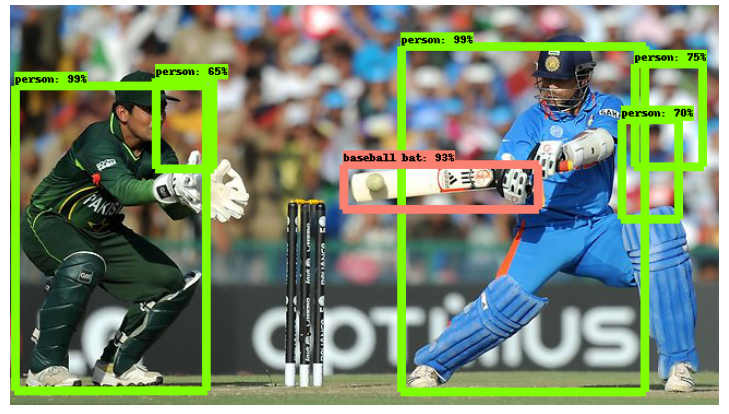Automated Ball Tracking and Analysis using AI and Computer Vision
Computer Science
A technology that uses AI and computer vision to track and analyze ball movement, providing real-time insights on ball speed, spin, and trajectory, enabling coaches and analysts to optimize batting an
The technology utilizes a synergistic combination of artificial intelligence (AI) and computer vision to meticulously track and analyze the movement of a ball in real-time. This advanced system consists of high-speed cameras, sophisticated algorithms, and a robust data analytics platform. Initially, the high-speed cameras capture the ball's movement from multiple angles, generating a vast amount of video data. Subsequently, the computer vision component processes this data, applying object detection and tracking algorithms to isolate the ball from the background and other objects, and then follows its trajectory across frames. The AI component is pivotal in enhancing the accuracy of ball tracking and analysis. By leveraging machine learning models, particularly those trained on extensive datasets of ball movements, the system can predict and adjust for occlusions, irregularities in lighting, and other factors that might affect tracking accuracy. Moreover, the AI analyzes the ball's trajectory, speed, and spin in real-time, providing instantaneous feedback. This analysis is grounded in complex calculations involving kinematic equations and aerodynamic models that account for factors such as air resistance and the Magnus force, which influences the ball's trajectory due to its spin.The insights generated by this technology are invaluable for coaches and analysts aiming to optimize batting and pitching strategies. By accessing real-time data on ball speed, spin, and trajectory, they can make informed decisions about player training, game tactics, and equipment adjustments. For instance, understanding the precise speed and spin of different pitches allows for tailored training sessions that focus on a batter's weaknesses or a pitcher's developmental needs. Furthermore, this technology facilitates the evaluation of player performance over time, enabling the identification of trends, improvements, and areas requiring additional focus.The system's real-time capabilities extend to providing visual feedback through augmented reality (AR) and virtual reality (VR) interfaces, further enhancing its utility. Coaches can project the ball's trajectory onto a real-world or virtual environment, allowing players to visually grasp complex concepts and adjustments more intuitively. This immersive learning experience can accelerate skill acquisition and adaptation, giving teams that employ this technology a competitive edge in strategy and performance analysis.
Sports Performance Analysis: The technology can be used to analyze the performance of batsmen in cricket, providing insights on their strengths and weaknesses, and enabling them to improve their skills.
Tactical Planning: Coaches can use the technology to analyze the tactics of opposing teams, identifying patterns in their bowling and fielding strategies, and develop counter-strategies to gain a competitive advantage.
Player Development: The technology can be used to track the progress of young players, providing data on their improvement over time, and enabling coaches to tailor their training programs to individual needs.
Injury Prevention: By analyzing the movement of the ball and the batsman's technique, the technology can help identify potential injury risks, such as excessive strain on the batsman's arm or shoulder.
Umpiring and Refereeing: The technology can be used to support umpires and referees in making accurate decisions, such as detecting edges or LBWs, and reducing controversy in the game.
Fan Engagement: The technology can be used to enhance the fan experience, providing real-time statistics and insights on the game, and enabling fans to engage more deeply with the sport.
Broadcasting and Media: The technology can be used to provide advanced analytics and insights to broadcasters and media outlets, enhancing their coverage of the game and providing more engaging content for viewers.
Gaming and Simulation: The technology can be used to develop more realistic and immersive cricket simulations, enabling gamers to practice and improve their skills in a virtual environment.
Research and Development: The technology can be used to advance research in sports science and technology, driving innovation and improving our understanding of the game.

International Monetary Fund (IMF)
Artificial intelligence, Software
View Patent
